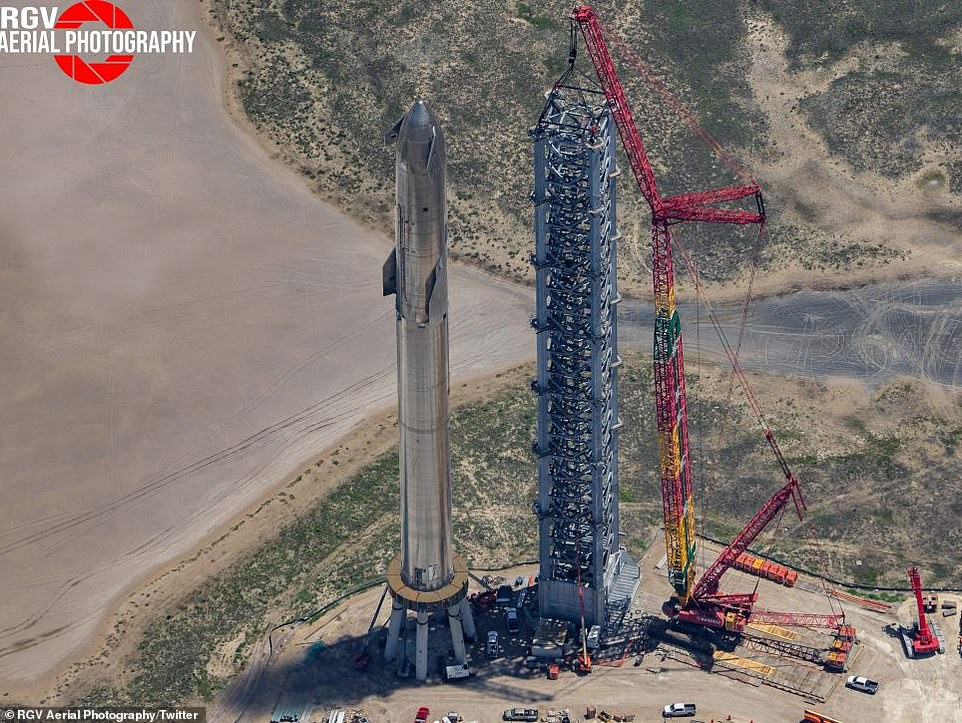QNEDLEEQ: chtel rict, ze cnc laser je v tomhle pripade jenom drobna komplikace a ztrata kvality na ceste "soubor s obrazkem na QNEDLEEQove pocitaci" -> "soubor s obrazkem na nyxu", a proto sem pojal podezreni, ze tvym hlavnim cilem nebylo ukazat schema skylabu, ale pochlubit se vlastnictvim neceho (cnc laser), co ne kazdej ma (proto odkaz na koudyho) - pokud se pletu, a cnc laser je dneska neco jako cernobila laser tiskarna, beru zpet a omlouvam se.
A abych nebyl tak offtopic (sice fake, ale docela realisticky):
